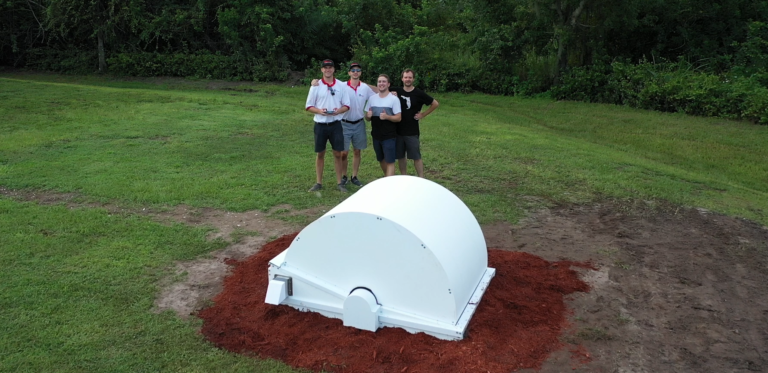David Rose’s “Enchanted Objects” book is a great start for anyone who wants to design IoT devices for, well, people. As IoT design matures, we need to look beyond what’s possible and look more at what is actually going to help our lives. Computers have become so cheap, so small, so fast, and so efficient that we have the ability to make nearly any object “smart.” So what do we decide to make?
David is an MIT instructor and entrepreneur who focuses on “making the physical environment an interface to digital information,” and he covers a wide range of topics in his book. These topics are broken down into the following sections: the human drives behind what we want out of internet-connected things, how we can shape objects to fulfill those humanistic desires, and what the future looks like in that realm. David helps shepherd readers through the process of coming up with solutions to quite a few problems that speak to humanity’s timeless desires. He focuses not just on what the technology is capable of, but how it can transform our lives in ways we might now perceive as magical.
In the introduction of the book, he gives insight into his worst fears, a nightmare which he calls “Screen World.” In this dystopian future, every one of our beloved objects, our time-tested tools and mementos, are all sucked up into the “black slab.” This black slab is analogous to our modern smartphone on steroids, providing our every whim and desire yet sucking us into it’s cold and unfeeling void. People staring into their phones becomes a reality for everyone, all the time, with no escape.
Throughout the book, he shows a much more positive alternate reality of beloved things gaining additional abilities through the virtue of being connected to the internet and each other. He shows that objects that combine emotional ties and stoic usefulness can become more of both with transformative technology built-in. Our objects all help us out along the way without being disruptive. They are desirable, affordable, and inter-connected. They recede into the background when we don’t need them, and subtly hint when we do. The future he depicts is like a millennial San Franciscan’s Instagram feed: everything is clean, bright, and just messy enough that it feels human. Toward the end of the book, he likens the Internet of Things to electricity: awkward, cumbersome, and even dangerous for the first few years, but slowly it recedes into the background to the point where we don’t really think about it unless we don’t have it.
This proposed future is depressingly possible. What I mean by that is, currently the path we are taking is very different that the one proposed by David. Currently, the status quo is private companies trying to win with different standards and platforms, making it very difficult for internet-connected devices to easily communicate with each other. While much of what David writes relates to a single object’s ability to interact with you, and in that scenario compatibility isn’t an issue, he also indicates that the manifest destiny of the Internet of Things includes systems-level thinking. With information as a sort of currency, things will communicate with each other autonomusly to grease the gears of life as we move through it. We have a lot of work to do if we want to get to that level of interconnectivity. I mean, I’m finding it difficult to get my Alexa, Spotify, and my Phillips Hue lights to play nicely together without some custom solution. I’m not saying we can’t get there, but we need to put a lot of effort in to right the ship. This includes working hard to consolidate on standards.
Nonetheless, I appreciate David’s vision and I do believe we will get there, given enough time. I thoroughly enjoyed this book and whole-heartedly recommend it to anyone who is interested in or works in the IoT industry. We need to make IoT human-centric, and David’s book is a good start for anyone who shares that goal. David, ever the intellectual, examines all of the topics mentioned through an analytical view. Through his broad lens, he pulls influences from all areas of research to form views about what the Internet of Things should look like.
In examining our humanity first, and shaping what the world of IoT could look like around that, he provides a truly exciting peek at what the future could hold.
